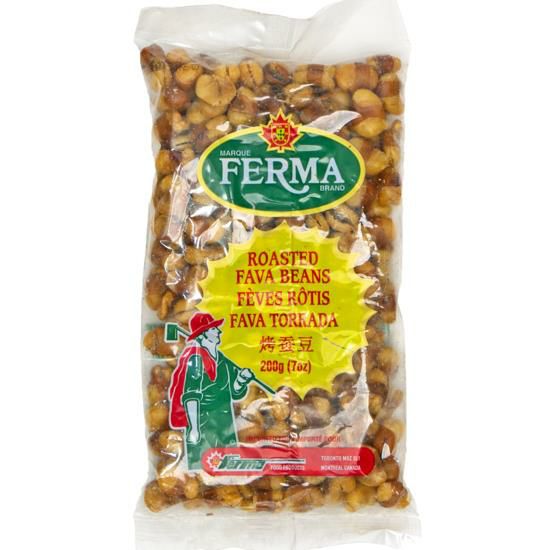Wine Faults: Troubleshooting Your Homebrew
This guide will discuss some common winemaking faults and how you can fix them.

The winemaking process relies heavily on accuracy. Tweaking your mixture can make a huge difference in how the wine tastes. If you plan to make homemade wine with your winemaking kit, you can expect to stumble upon mistakes here and there as you troubleshoot and practice.
Errors happen to the best of us. But if you want to ensure that none of your wine goes to waste, it’s essential to educate yourself on some common winemaking faults. Whether you’re a beginner or a veteran, being able to pinpoint issues in your wine is a vital skill.
7 Common Wine Faults and How to Fix Them
To help you have a smooth time making wines, the guide below will discuss seven faults and how you can fix them.
1. Cork taint
A cork taint happens when the compound Trichloroanisole (TCA) comes in contact with chlorine. Once they combine and break down, molds will grow on wooden materials, such as your cork (and, in some cases, wooden barrels), and eventually, find their way into your wine. Cork taints can make your wine undrinkable by stripping it of its taste and smell.
Luckily, mild cork taints can be fixed with a simple home remedy. Wrap a glass pitcher with polyethylene plastic and carefully transfer the tainted beverage. Stir the wine in the container for about five to ten minutes so that the plastic can completely filter out the TCA.
While this process may give you an easy fix to your drink, it’s still best to avoid cork taints completely. Sanitizing your bottles with Sodium metabisulfite and replacing your bottles, are the best way to solve this problem.
2. Oxidized wine
Oxidization happens when your beverage gets overexposed to oxygen. This may be due to your wine not being stored correctly during the process or the bottle not properly sealed. Oxidization will cause your fermented wine to take on a much darker brownish color and compromise its flavor and aroma.
Like a cork taint, drinking oxidized wine is harmless, but it will pave the way for an unpleasant drinking experience. It’s best to check if your airlocks and other essential tools have any defects to avoid this mistake. The only solution is to add a wine conditioner, to your wine to mask the harsh flavors with this specific sweetener. All be it the best solution, as mentioned above is properly sealing the wine batches during fermentation and storage/aging
3. Volatile acidity a.k.a. acidic wine
Volatile acidity (VA) is another issue caused by oxidized wine. This occurs when the bacteria in your beverage come in contact with oxygen, producing acetic acid and ethyl acetate. Instead of making your wine smooth and rich, high VA levels will cause it to smell like balsamic vinegar.
It’s important to note that all wines naturally contain small amounts of acetic acid. Wines with low VA levels are generally acceptable, so you’ll need to make sure that you're regulating your drink. Reviewing your fermentation timelines and double-checking your storage process will help you prevent this issue.
However, if this unfortunately occurs, you might as well make something out of it! Home-made wine vinegar is great a gift, and at least all of your hard work can be used for cooking. Learn from it and be sure to sanitize all the equipment afterward. If you go down this path.
4. Reduction
Wine reduction is the opposite of oxidization. Wines that don’t get enough exposure to air build up sulfur compounds, and this causes them to emit a smell similar to rotten eggs. You can fix reduction problems by aerating or degassing your finished wine. You can use a wine degasser that attaches to a drill for bulk degassing.
5. Perfume taste
Before you start making wine, you’ll need to make sure you’re using clean materials and equipment. Using dishwashing soap may be more convenient, but this can actually make the wine taste and smell like perfume. Using the proper sanitizers made especially for winemaking will ensure that every batch you make won’t have this fault.
6. Wine flour
Wine flour is a harmful bacterial substance found at the top of bad wine. Unfortunately, when you see this on your fermented wine, the whole batch can’t be saved. The contaminant must be thoroughly removed through proper wine equipment sanitation so that it doesn’t happen again. Sanitize your supplies two times over for good measure. In some cases, it might even be better to replace your equipment once this bacteria starts to propagate.
7. Heat and UV light damage
As the name suggests, wines exposed to prolonged periods of heat and sunlight will end up spoiled. Erratic temperature changes will cause irregularities in your drink’s flavor. Other than affecting its taste, prolonged heat will also force the cork out due to re-fermentation of the wine.
Prevention is your best bet. Place your bottles in a room with a consistent temperature and without sunlight exposure; a fruit cellar or basement is ideal. Wine 11-15C is ideal. But anything under 20C not in the sun is recommended if you live in an apartment.
Happy Winemaking!
Mistakes are unavoidable in winemaking, but this doesn’t mean that the chances of making an error can’t be reduced. Now that you have a better idea of the common winemaking mistakes, it should be much easier for you to have a pleasant time producing your own vino.
For all your winemaking essentials, head on over to Danny’s Wine and Beer for everything you need and more!



Leave a comment